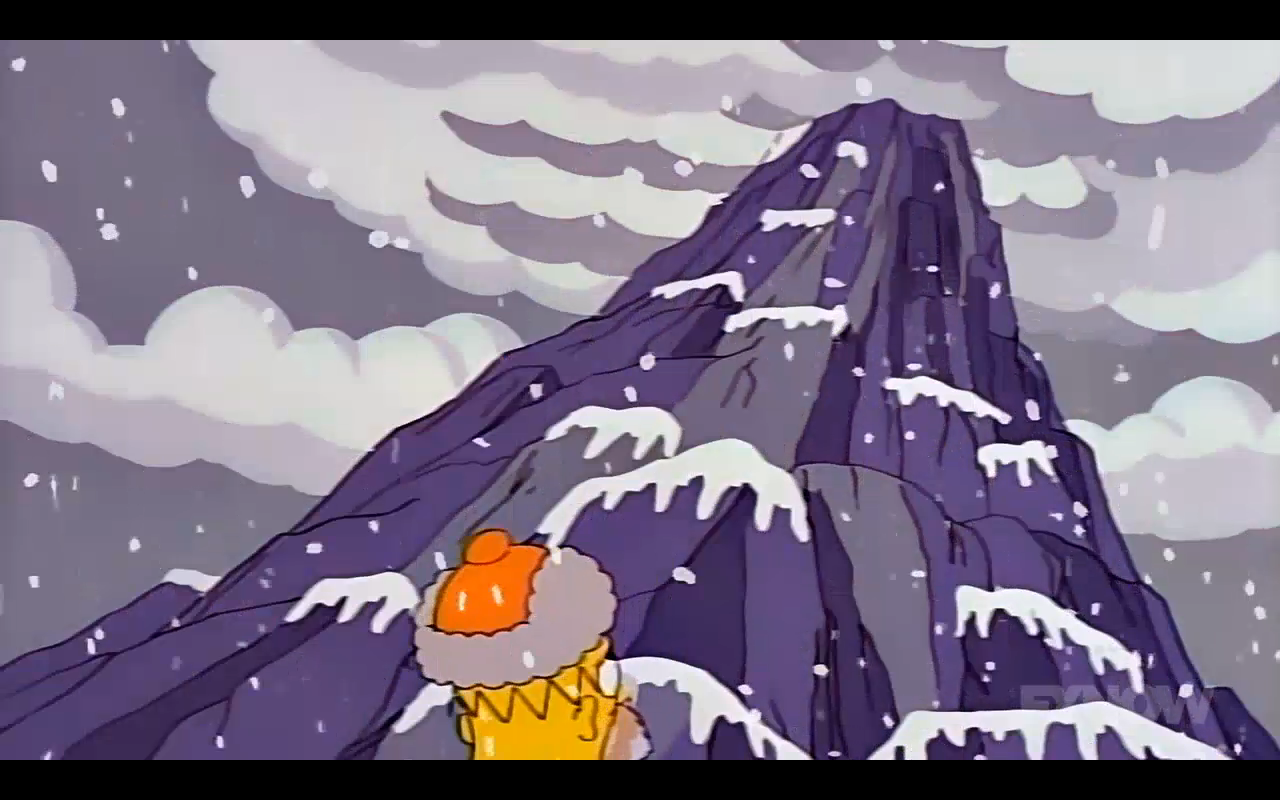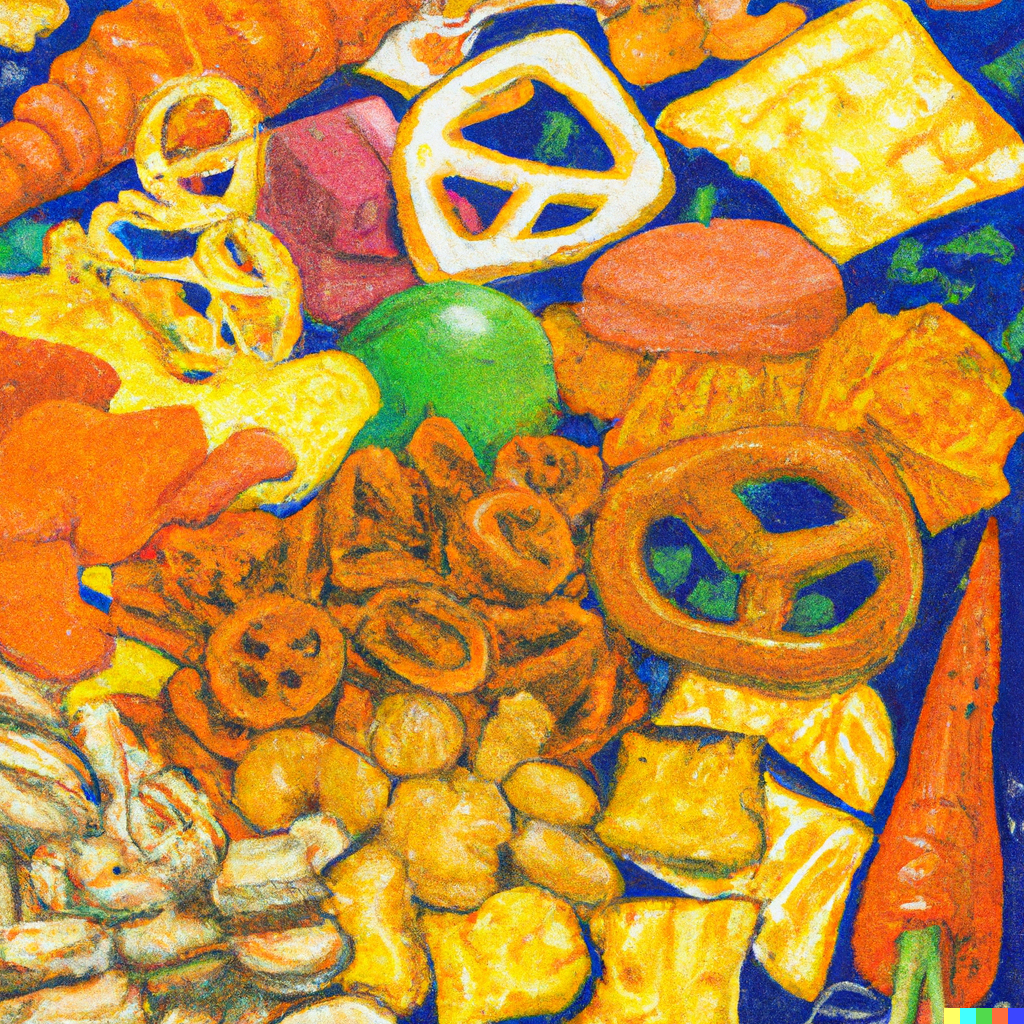My students and I didn’t know a lot of things when we started this year.
We didn’t know that we’d be climbing literal, emotional, and metaphysical mountains.
How could we? I am sure that each of us experiences a similar version to this expedition too.
There we were; 26 individuals together for the first time.
We set up base camp by creating a student centred learning space that valued community, kindness, encouragement, and hard work. We focused on sharing our strengths and areas where we wanted to improve our footing in order to ascend the mountain(s) we were preparing to summit.
“You cannot stay on the summit forever; you have to come down again. So why bother in the first place? Just this: What is above knows what is below, but what is below does not know what is above. One climbs, one sees. One descends, one sees no longer, but one has seen.” – Rene Daumal

S9 E201 5F16 first aired March 3, 1998
oxygen and sherpas please
Each year, we start at the bottom to get to where we are now; by the looks of the mountain still towering above us that is May and June, we have a lot more to climb. There may still be some distance to cover above, but I think it is a great time to look down to appreciate how far we’ve climbed. I think that this perspective will provide us some of the necessary extra strength/motivation to finish what we started in order to reach the top.
My grade 6s and I are eight months into our ten month journey to the summit of Mt. Grade 6*. We have grown in stature, in perspectives, in strength, and in skills. We have lost our way on purpose and along with those sideways steps, and circuitous routes, we have also left behind some of our worries about participating and presenting by better knowing ourselves. We have camped on lush warm plateaus while gaining the confidence and capacity to go higher.
We have built bridges over dangerous crevasses of fixed mindsets and self doubt too. We have shared resources and experiences. We have picked each other when there was a slip or slide backwards. We made sure our ropes, pitons, carabiners, and the rest of our gear is safe and strong. We packed enough provisions for everyone to make it to the top and back down again. We have accepted and carried our share of the load.
We have laughed, discussed tough topics, dug deeply into equity and inclusion, tore up tests that didn’t go well, restarted lessons, disagreed, reviewed past lessons, re-reviewed past lessons, learned new concepts, reviewed new concepts, re-reviewed new concepts, shared life tips, played outside, and so much more.
There have been moments when the distance between those at the top of the climb were setting up new base camps while others were still climbing. We learned to wait for each other; to make sure that everyone was accounted for on the trek.
We started from the bottom and we can almost see the top. There is still a lot of climbing ahead, but what a view!
*not a real mountain




